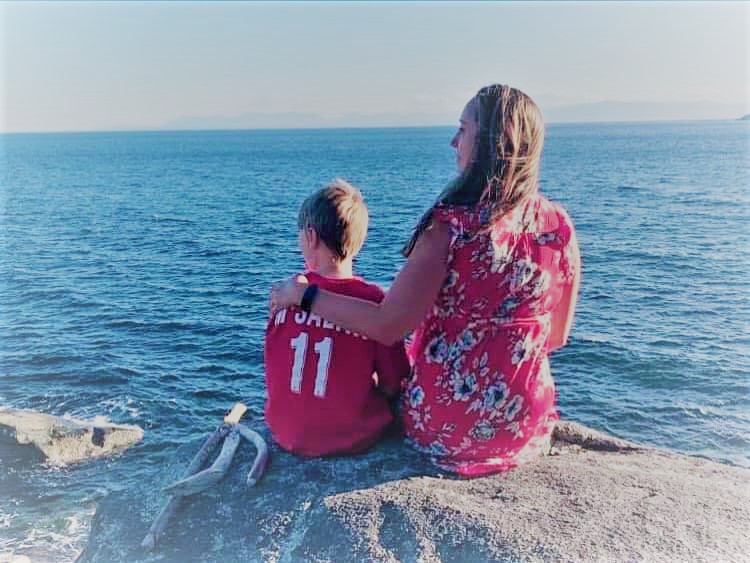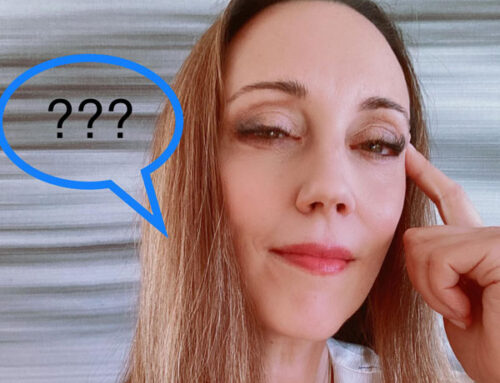“Each of us needs to withdraw from the cares, which will not withdraw from us.” – Maya Angelou
To proclaim it’s been a tough year, is an unworthy understatement. As people adapted to massive changes to the way they lived, worked, and interacted, many found themselves attending to unimaginable challenges. For some, it was the pressure and fear or working the frontline during a pandemic. For others, it was the experience of surviving catastrophic economic hardship from job loss. Others still, found themselves overwhelmed at home – isolated, experiencing work that bled into home life, while juggling care or home school obligations. For many, the loss of loved ones or the communion with family wrought devastating grief. For many more, the mental health impacts of this period will reverberate for years.
Within organizations and teams, individuals contained these experiences while rising to the challenges and performing their jobs in heightened states of fear and uncertainty. Now, we are seeing the impact of the prolonged stressors: exhaustion has set in, provoking or exacerbating burnout.
Burnout reduces productivity and robs you of your energy. It can make you feel helpless, hopeless, cynical and resentful. I think of it as that moment when you hit that point where you JUST- CAN’T- DO- ONE- MORE- THING. In reality, it’s a serious condition that does not resolve on its own. It can lead to major physical and psychological illnesses like depression, anxiety, heart disease, and diabetes.
One of the key insights change managers bring to the table is understanding the importance of awareness before launching into any transformation. We start with ‘what’: What is the rationale for this change? What outcomes are we trying to achieve? Most importantly, what is the risk of not changing?
Researchers have categorized the way people respond to chronic work-related stress into three main types: frenetic, under challenged and worn-out.[i]
Frenetic burnout occurs when people channel so much energy into their work, (often as a result of anxiety), that the rewards of the role eventually seem negatively disproportionate to the effort they invest. Disregarding work/life balance, burnout occurs when that person works at an intensity to the point of exhaustion.
Under challenged burnout occurs when a person feels trapped in a monotonous and unstimulating environment, performing unfulfilling roles. This contributes to an overall lowering of their mood.
Worn-out burnout occurs when people give up after experiencing a period in which their work environment is consistently a source of intense stress, or which yields negligible rewards.
Can you relate to any of these?
One of the tools used in human systems dynamics is the recognition that there will be periods of busyness, followed by periods of reflection. This phenomenon is referred to as ‘Stretch and Fold’ or the ‘Baker’s Transform’[ii]. Stretch refers to periods of hard work, steady growth, or large challenges, interrupted by times of system-wide relaxation and reflection, or fold.
Picture yourself pummeling and stretching dough to make bread. The dough is repeatedly stretched to the point where it nearly comes apart, before it is then folded. This process is repeated over a set period of time. Finally, the dough is laid to rest, (during which time it rises to the proverbial occasion), before it transforms into that nourishing, majestic loaf.
The principles of ‘Stretch and Fold’ are not just tools, but a metaphor for the intermittent cycles of building up and breaking down. Wise leaders understand the need for cycles of work and rest. They prioritize ways to support individuals and groups to recoup, recognizing that no part of a human system can operate on high levels 100% of the time. Periods of fold are an opportunity to engage in reflection and learning, to ideate the next options for action.
These principles are one way to the path of building resilience.
Can you apply this in your own life? Consider exploring stretch and fold through the experience of an adaptive action cycle.
Start with ‘What?’ What are your current symptoms telling you to stretch or telling you to fold? In which areas do you have some influence or control? What will you adapt?
Consider ‘So What?’ Identify a couple of options for stretch and a couple for folding. Give yourself the time you need to fulfill this cycle. What will you redesign?
Conclude with ‘Now What?’ What will you be watching for? What patterns shifted for you in your stretch and in your fold? What will you do to prepare for the next cycle of both? What will you allow or create to nourish yourself?
Consider creating your own mini recovery plan as you reflect on this cycle:
- Pay attention and attend to the needs of your physical and mental health.
- Set healthy boundaries or create simple rules. (See my blog on this: https://makeoneshift.com/blog/simple-rules-black-belt-maxims-for-shifting-patterns/)
- Remember what makes / made you happy and create small blocks of time for those activities
- Work with a therapist, especially if you are feeling low in mood, feel hopeless, or are experiencing thoughts of harming yourself
- Remind yourself that perfectionism and cynicism are both traits that appear in burnout. Can you be as kind to yourself as you would to your friend in the same situation?
- Share your experiences with a trusted friend or loved one
I was reminded by an extraordinary colleague, (who also happens to be a clinical psychologist), that I cannot control the demands, only my response.
If you have ever read A Tale of Two Cities by Charles Dickens, you will recall a constant theme: one of resurrection or being “recalled to life”. There is a scene where a Mr. Jarvis Lorry — sitting opposite a buried man recently dug out, is wondering: What subtle powers were forever lost to him, and what were capable of restoration. In his musings, he asks, “I hope you care to be recalled to life?”
It has been a year that has challenged us on so many levels. Now it is time for reflection and restoration. ‘Recalled to life’ is no longer a return to a former state of being, but an opportunity to connect to a new and greater vision of who we want to be.
So, in this spirit, this will be my last blog for the summer as I take a few weeks off to fold after a long, hard period of stretch. In that time, I will practice the ambitious task of doing very little tasks. I will seek out stillness, even boredom. I will try to be present in the small moments that used to bring so much joy: sunsets, board-games, beachcombing and trail walks with my child. A good book, a drained computer battery, and a slobbery rescue hound will also feature in my plans. I will consciously practice living this break as a gift that belongs to me. Being present in the small things will be my shift.
What is one shift YOU will make to restore yourself to be ‘recalled to life’?
[i] https://ada.com/signs-of-burnout/






Great advice! Thank you!
Thank you Jill. I’m glad it resonated.